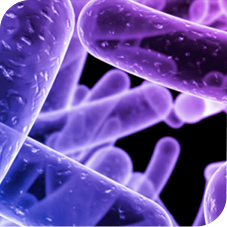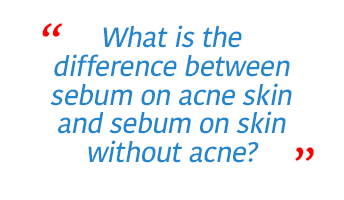Acne free skin, Get clear skin
 In order to have acne free skin, we must understand what skin is and how it works.
In order to have acne free skin, we must understand what skin is and how it works.
As I explained in the previous article, acne treatments, we must consider the skin as part of our body, and not in isolation. That is why we must see how the skin is nourished and the importance for the body.
La The skin is the largest organ in our body, surely you thought it was another organ, right? Well, no. The skin is the flexible and strong enough envelope to protect the organs of our body. It is a thermal regulator and its entire surface is filled to a greater or lesser degree with nerves that form one of our senses, it is also full of sweat glands (approximately 3 million) through which the skin transpires water and salts to keep the body hydrated and fresh. There are also hair follicles through which sebum is secreted, an oily substance, that is, greasy, that keeps the skin moisturized. Most of the secretions have the peculiarity of protecting the body against the attacks of infectious bodies.
So what are the traditional factors that cause Acne?
 HORMONES
HORMONES
Puberty is when the production of male hormones called androgens rises, both in men and women, and this increases the secretion of sebum. If the secretion accumulates in the hair follicle when it comes into contact with oxygen from the outside, it oxidizes and the well-known blackheads are formed, although they are not so painful, they are visibly annoying.
 DRY SKIN AND PORES
DRY SKIN AND PORES
The skin is constantly regenerating, the outer skin cells die and give way to others that are born from lower layers, so the dead cells can obstruct the pores where sebum is secreted, causing clogging. In addition to an attack by bacteria, it can lead to the production of painful and disgusting pimples or lead to pustules or abscesses. The inflammation can deform the hair follicle and sebaceous gland and leave severe craters or scars.
 BACTERIA
BACTERIA
There is a constant risk of infection by bacteria, such as the epidermal bacteria Propionibacterium acnes, which can attack the pore and produce pimples and pustules that deform the hair follicle / sebaceous gland and the structure of the skin. When the body reacts to the infection of the bacteria, it produces the white pus characteristic of pimples or pimples. There are at least 205 different genera of bacteria inhabiting the skin
But let’s analyze something
If the body produces sebum throughout life, and on the skin surface there are constantly dead cells due to skin regeneration and bacteria can live in any pore or any hair follicle regardless of age, hormones, skin type, etc. Why don’t we have acne all our life? (Obviously we don’t want it, right?)
This means that the bacteria prefer the adolescent’s sebum?, or does only the combination of hormones-clogging-bacteria factors cause acne?, or if the pubertal sebum increased by hormones is different from that of the adult, then why are there cases of acne in adults?
So are these 3 factors really what causes acne?
Those are some questions I asked myself during my treatments in search of acne free skin.
There must have been some pretty marked difference in addition to the exacerbated production of sebum by hormones, in addition to the flaking and bacteria that propitiate acne, even at different ages and prevent us from having acne-free skin.
The key question here is:

Since the hormones-clogging-bacteria variables affect both acne skin and skin without acne, right?
If the answer is the composition of the sebum or body secretions, we must consider what is it made of or what influences its composition? If this is the key variable, then all topical acne treatments are useless in changing the composition and production of sebum for an acne-free skin. Is it really oily skin what causes acne?
Remember to apply this information, share it (www.bit.ly/Without_Acne) and leave your comment below.
» Lee este artículo en Español »




